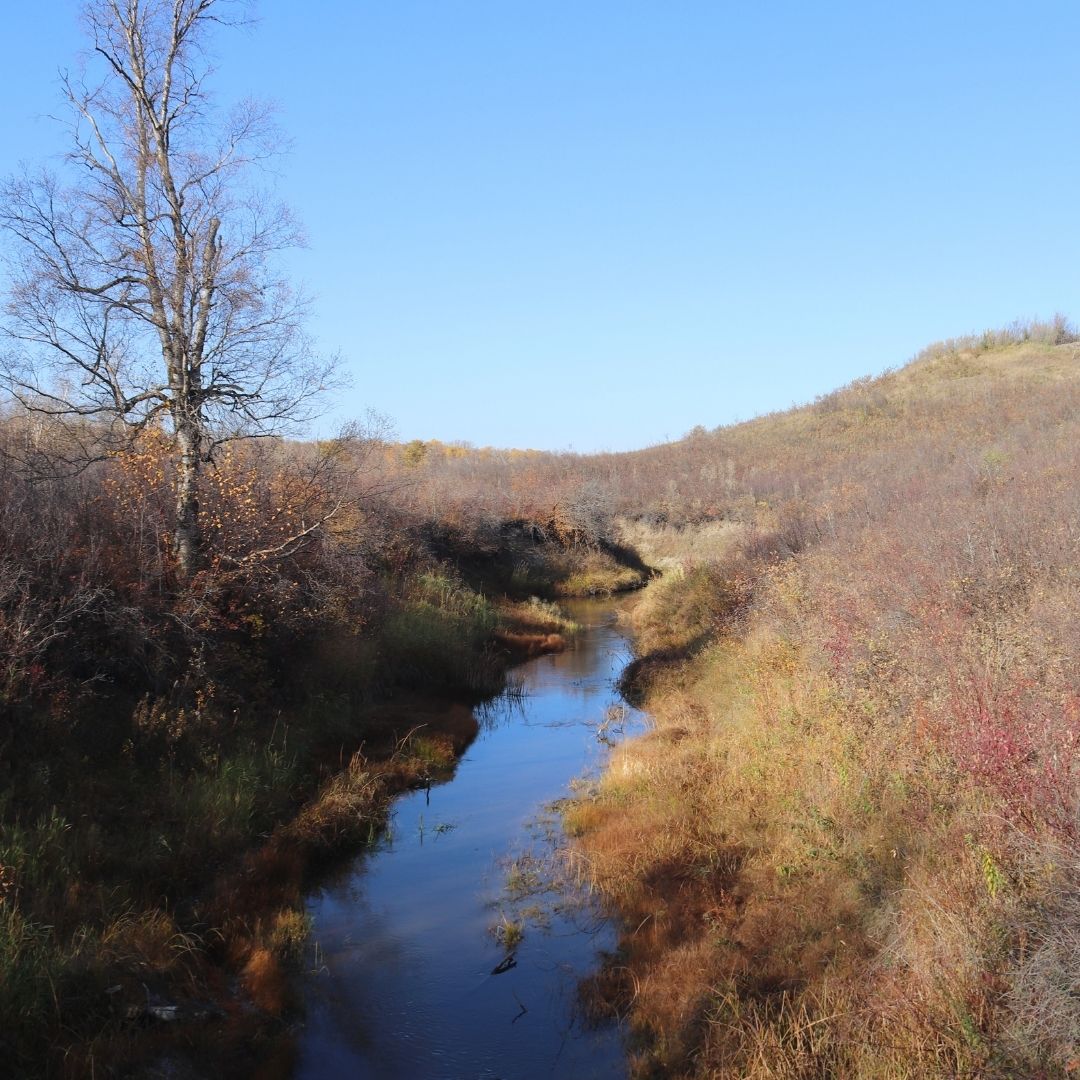There are a lot of perks to the Meewasin Valley. There are a variety of parks and naturalized spaces throughout, which makes getting outside easy at any time of year.
Wandering the incredible spaces in the Meewasin Trail is a beautiful experience thanks to the incredible foliage throughout the Valley. That being said, a big part of the fun is spotting the various animals that call this region home. And studies have shown that there is an incredible variety of them.
That being said, there are more than a few animal friends who keep their presence quiet. They are always around but don’t always pop up in plain view. But if you keep your eyes peeled, you might be lucky enough to spot one or two lurking around.
Northern-Pocket Gopher
These adorable creatures are well-suited to life underground. Northern-Pocket Gophers are great diggers, with extravagant burrows underground and specific chambers for feeding, sleeping, and storing food. They often cover the entrance to their burrows with soil to prevent flooding and to discourage predators from finding them.
On top of that, they are prepared for winter on another level. The Northern-Pocket Gopher digs below the frost line where the ground is not frozen solid. As such, they remain active all winter long and, much to the surprise of many people, do not hibernate.
RELATED: Chickadees and Meewasin are Best Winter Buddies
Northern Saw-whet Owl
Northern Saw-whet Owls are a very small and shockingly cute species of owl that primarily live in forests with dense foliage and are extremely well camouflaged. The combination of size and camouflage make their population numbers difficult to estimate. Being nocturnal and rarely seen adds to their mysterious nature.
One way to spot a Northern Saw-whet Owl is to pay attention to songbirds around them, such as chickadees. If they discover a Saw-whet is nearby, they make a lot of noise in an attempt to get the owl to move away. Their Saw-whet’s high-pitched call can sometimes be heard in the evenings, especially in late winter.
Weasels
In the summer months, weasels have brown backs and white bellies. In the winter, everything except for the tips of their tails turns completely white. It’s to help them camouflage, both from their predators and their prey. Weasels have a long, streamlined body which is a perfect shape for chasing small rodents into their burrows and tunnels under the snow.
RELATED: Crocus Prairie: A Beautiful and Sensitive Site
American Mink
 Mink like to hang around densely vegetated waterways, marshes, and wetlands. They typically live alone unless rearing young or mating. They are crepuscular, which means they are active during the dawn and dusk hours.
Mink like to hang around densely vegetated waterways, marshes, and wetlands. They typically live alone unless rearing young or mating. They are crepuscular, which means they are active during the dawn and dusk hours.
Additionally, mink are carnivores, eating prey such as muskrats, chipmunks, mice, rabbits, snakes, frogs, and waterfowl. They are rarely found away from water bodies as they’re great swimmers and well adapted to swimming.
Shrew
Shrews are very small mammals that require a continuous food source to provide them with enough energy to keep them warm and alive. They are active both day and night, sleeping between their many meals. Somehow, shrews are still rarely seen.
These little creatures like to patrol for insects in burrows, under leaf litter, and under logs to protect themselves from predators. Shrews do not actually hibernate in winter but they conserve so much energy that their body physically shrinks in size to use less of it.
KEEP READING: Yes, There are More Moose Around Saskatoon Than There Used to Be. But Why?




